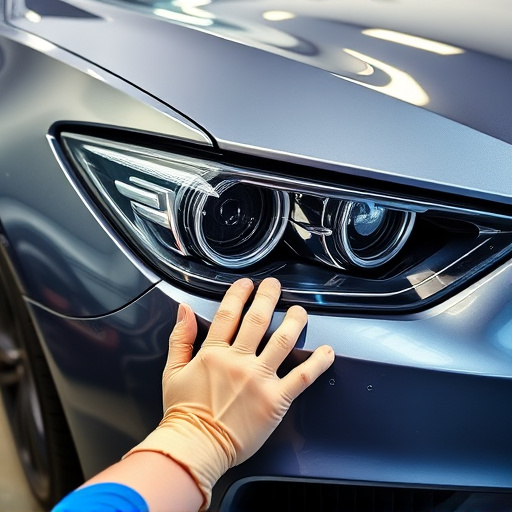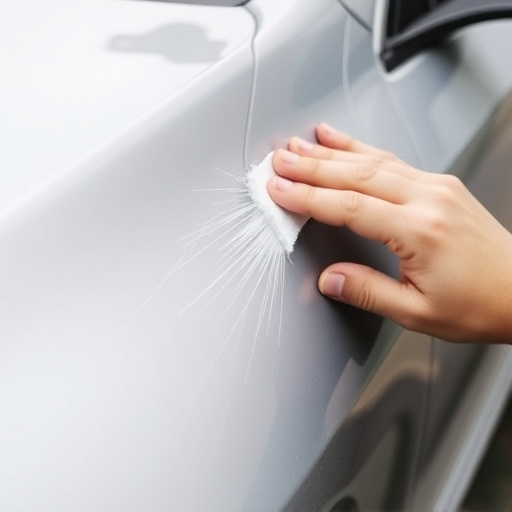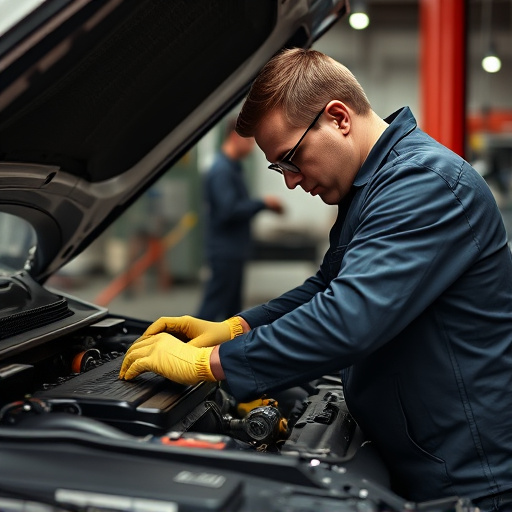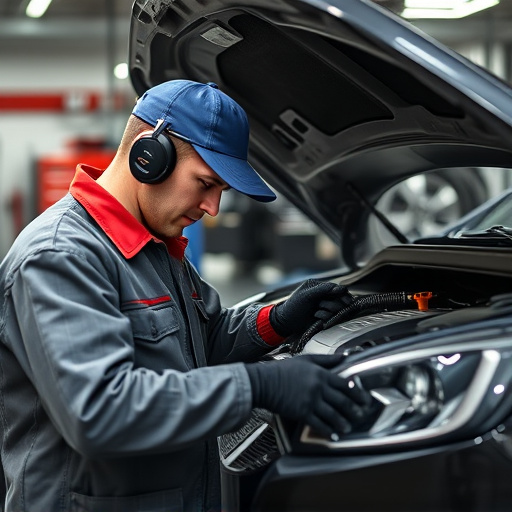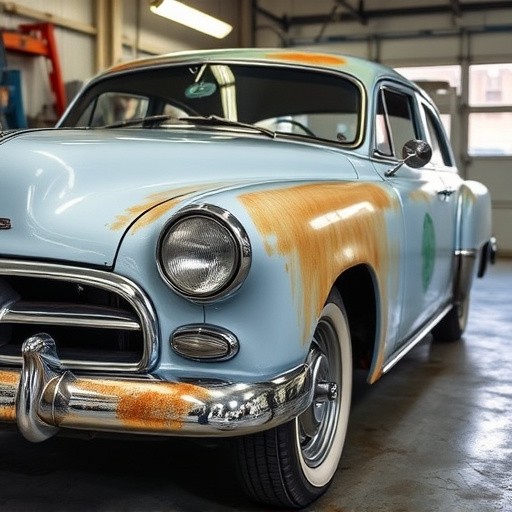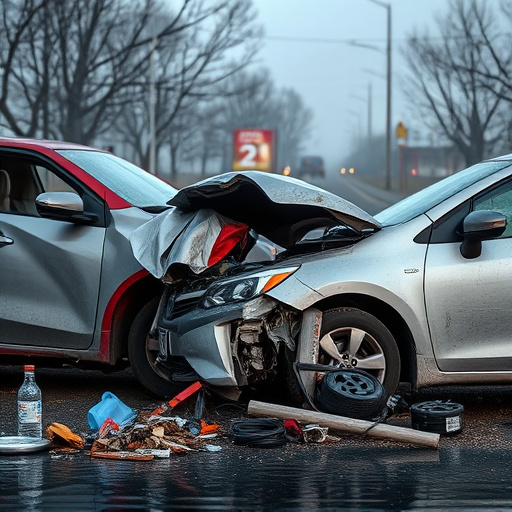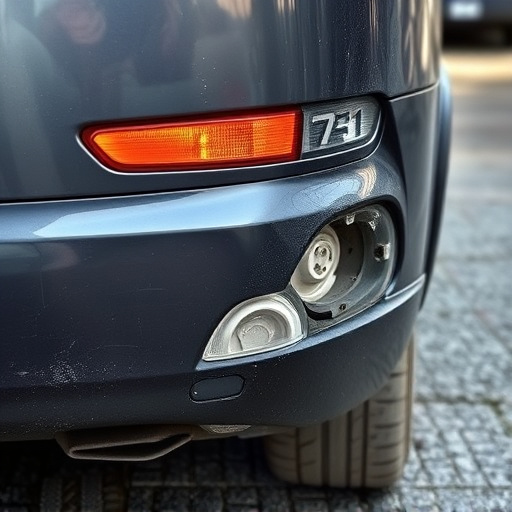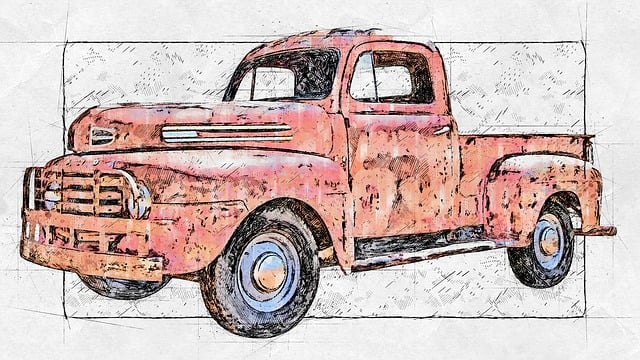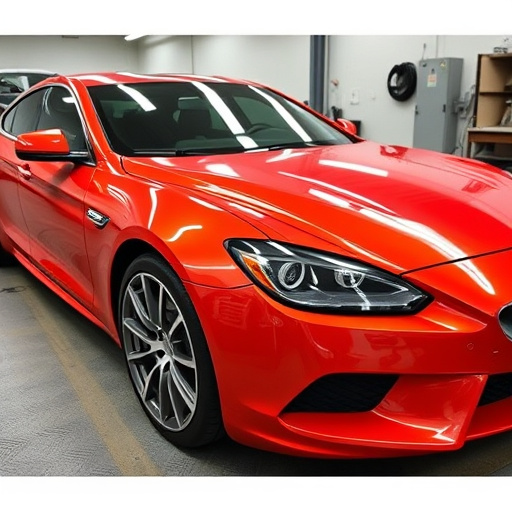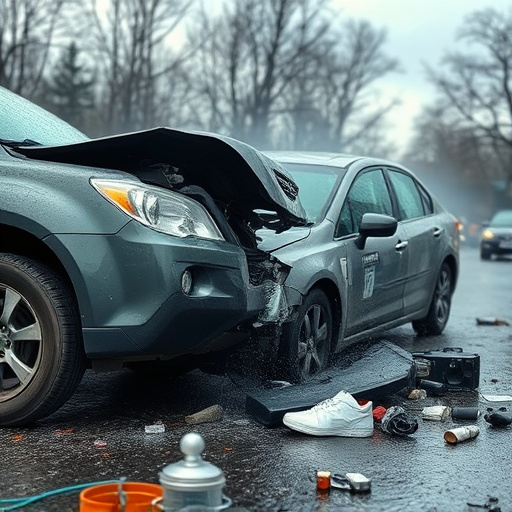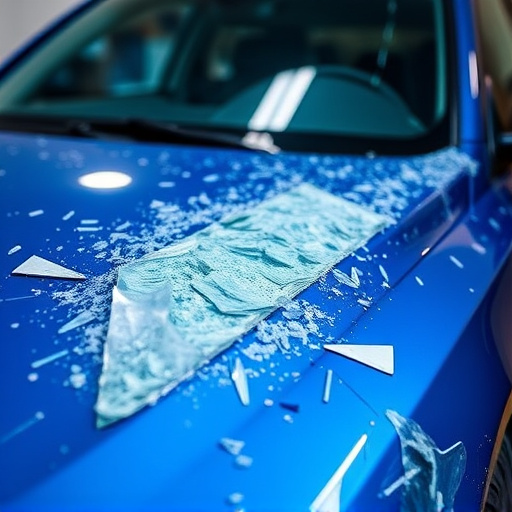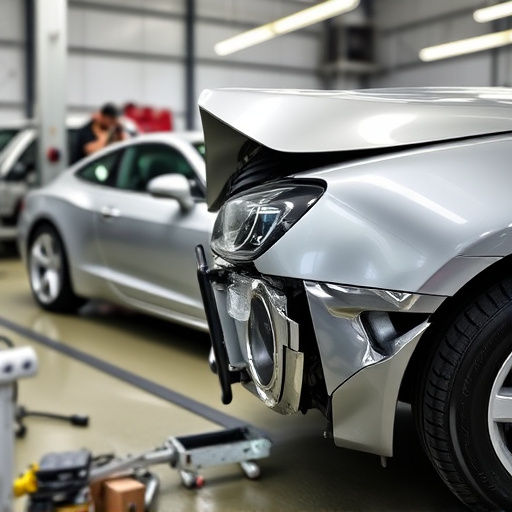Aftermarket collision parts are a cost-effective solution for automotive repairs, recommended by skilled mechanics who ensure quality and compatibility. These parts, from reputable manufacturers, offer budget-friendly options without compromising safety or fitment. By prioritizing quality and following installation guidelines, car owners can benefit from efficient bodywork and collision repair processes, minimizing downtime and potentially extending structural component lifespans.
Mechanics often recommend specific aftermarket collision parts due to their superior quality, performance, and cost-effectiveness compared to OEM (original equipment manufacturer) alternatives. This article explores the rationale behind these recommendations from a mechanic’s perspective. We’ll delve into the benefits of choosing approved aftermarket parts, including enhanced durability and safety standards, while also guiding you on how to ensure these parts meet the highest quality and safety requirements in collision repair work.
- Understanding Aftermarket Collision Parts: A Mechanic's Perspective
- The Benefits of Choosing Recommended Aftermarket Parts
- How to Ensure Quality and Safety When Using Aftermarket Collision Parts
Understanding Aftermarket Collision Parts: A Mechanic's Perspective
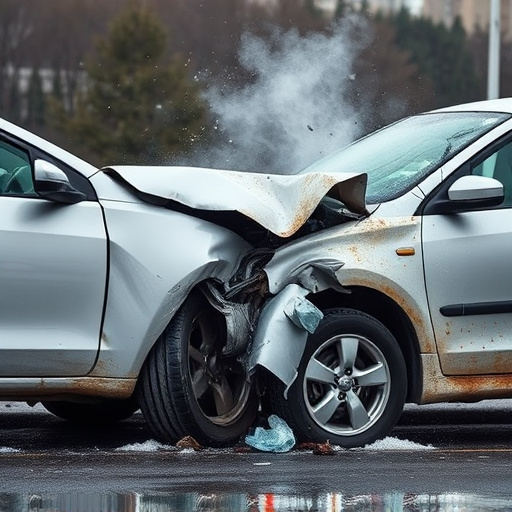
Aftermarket collision parts play a significant role in modern automotive repair, and mechanics are often the first line of defense when it comes to recommending these alternatives. From the mechanic’s perspective, understanding the nuances of aftermarket parts is crucial for ensuring effective car collision repair. These parts, which are not manufactured by the original equipment (OE) manufacturer, offer cost-effective solutions without compromising quality or safety standards.
Mechanics carefully evaluate each component, considering factors like material strength, manufacturing processes, and compatibility with the vehicle’s make and model. They recognize that a successful car body restoration relies on precise fitting and seamless integration of parts. By recommending aftermarket collision parts, they provide clients with options that balance cost efficiency with durability, ensuring top-notch collision repair services without breaking the bank.
The Benefits of Choosing Recommended Aftermarket Parts
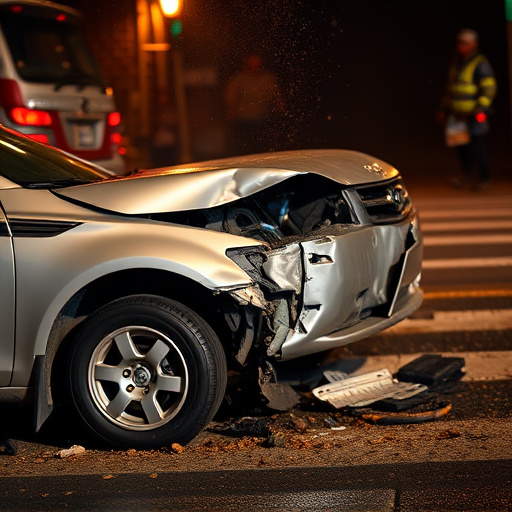
Choosing aftermarket collision parts recommended by mechanics offers a multitude of benefits for car owners. One of the primary advantages is cost-effectiveness without compromising quality. These parts, often sourced from reputable manufacturers, are designed to fit like original equipment while being more affordable, making them an attractive option for those looking to save money on repairs without sacrificing safety and reliability.
Additionally, recommended aftermarket collision parts can streamline the auto body services and auto frame repair process. Mechanics who suggest these parts have typically tested their durability, performance, and compatibility, ensuring a seamless integration into the vehicle. This not only saves time but also guarantees that the repair is done efficiently, minimizing downtime for the car owner and potentially extending the life of the vehicle’s structural components through meticulous auto frame repair practices.
How to Ensure Quality and Safety When Using Aftermarket Collision Parts
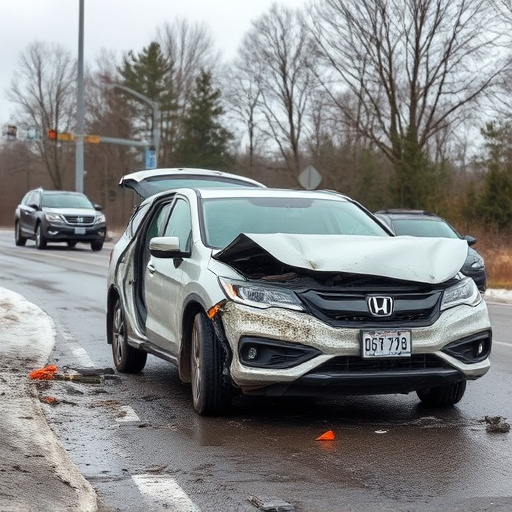
When using aftermarket collision parts for vehicle bodywork or collision repair, ensuring quality and safety is paramount. It’s crucial to source parts from reputable manufacturers known for their adherence to industry standards. Look for certifications indicating compliance with relevant safety regulations, such as those set by automotive authorities. Additionally, cross-referencing part numbers with original equipment manufacturer (OEM) specifications guarantees compatibility and proper fitment, enhancing the integrity of your vehicle paint repair.
Inspecting parts before installation is a prudent step to verify their quality. Check for signs of damage, wear, or manufacturing defects. High-quality aftermarket collision parts should exhibit robust construction, precise dimensions, and consistent finishes akin to OEM components. Moreover, adhering to proper installation procedures as outlined by the part manufacturer ensures optimal performance and longevity. This meticulous approach guarantees not only your vehicle’s safety but also its aesthetic appeal following collision repair.
Mechanics recommend specific aftermarket collision parts due to their superior quality, performance, and safety compared to generic alternatives. By choosing these parts, car owners can benefit from cost-effectiveness, improved durability, and better matching with their vehicles. However, it’s crucial to ensure part compatibility and select reputable manufacturers to guarantee both optimal results and long-term reliability. When sourced and installed properly, aftermarket collision parts offer a viable and often preferred option for vehicle repairs, enhancing both safety and satisfaction.
